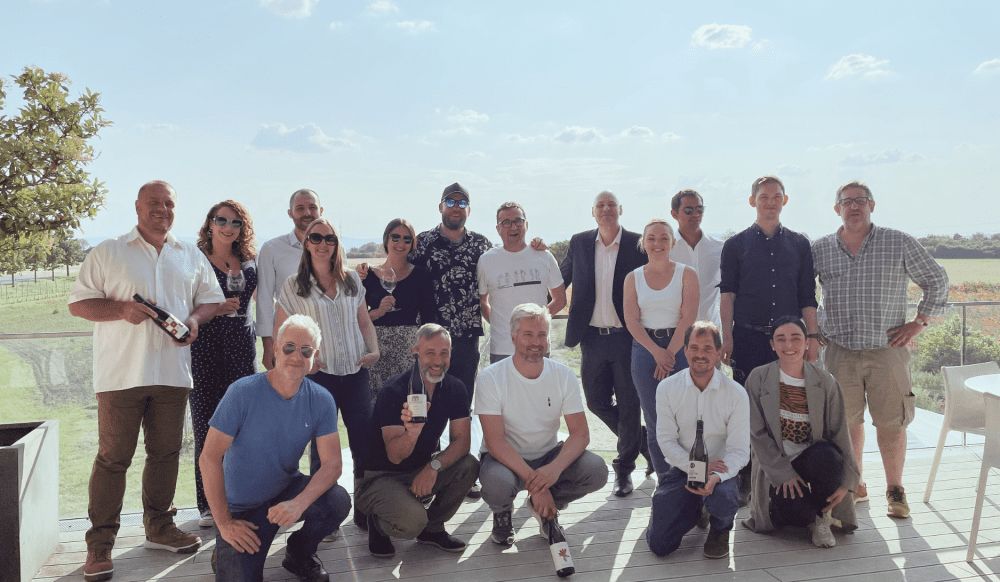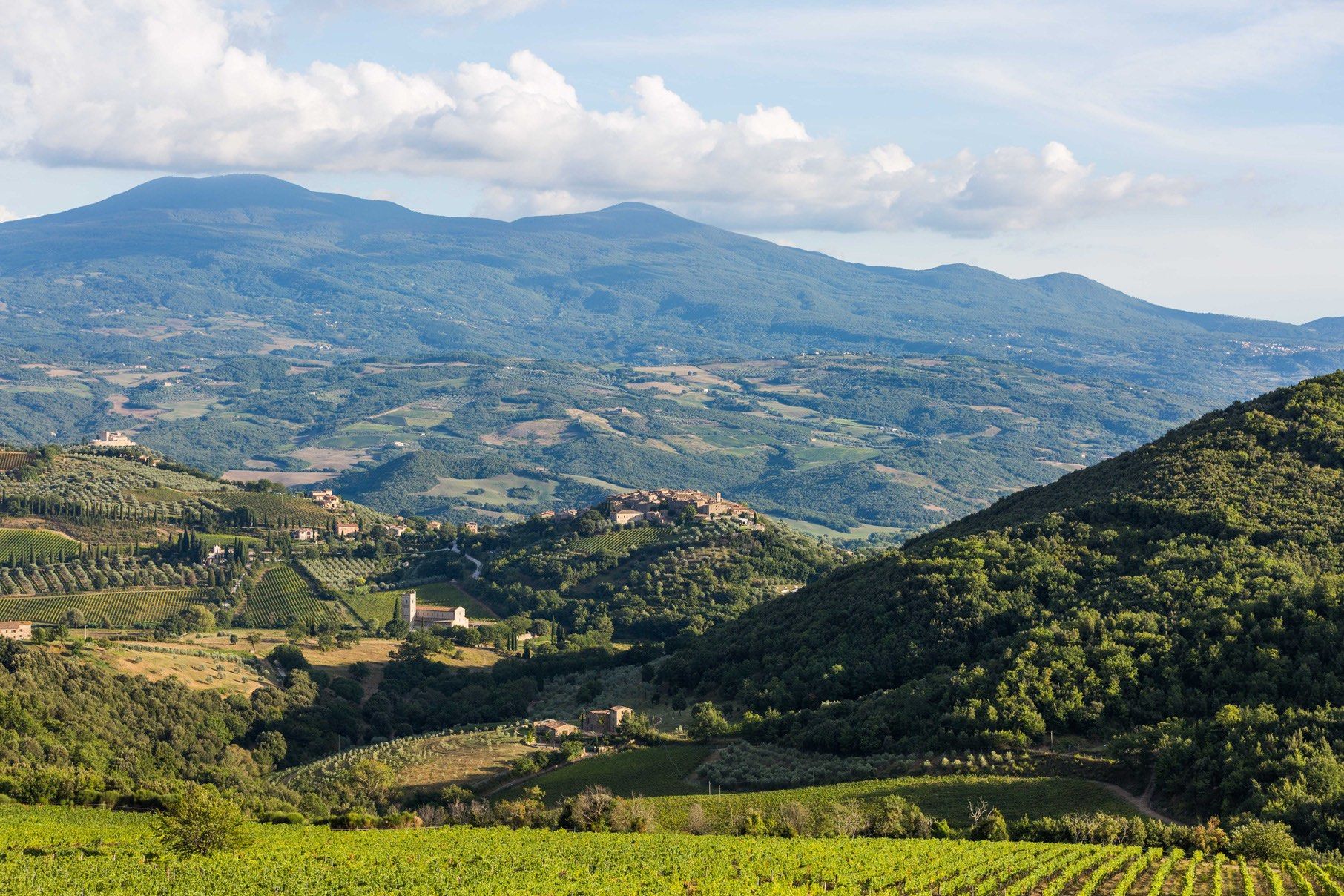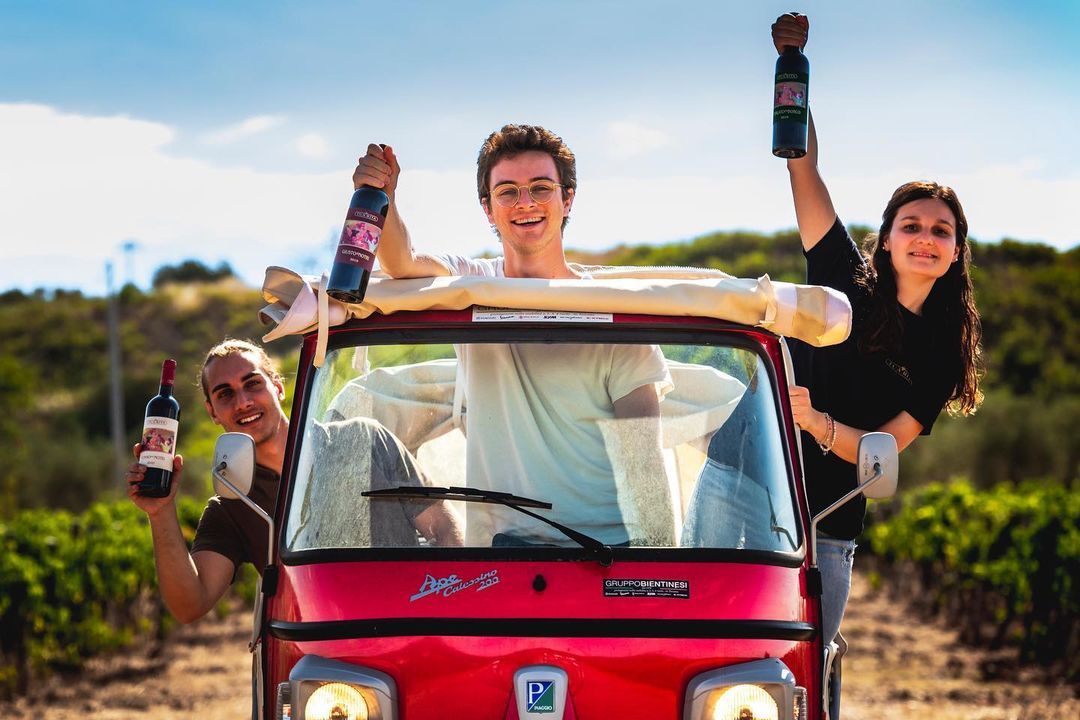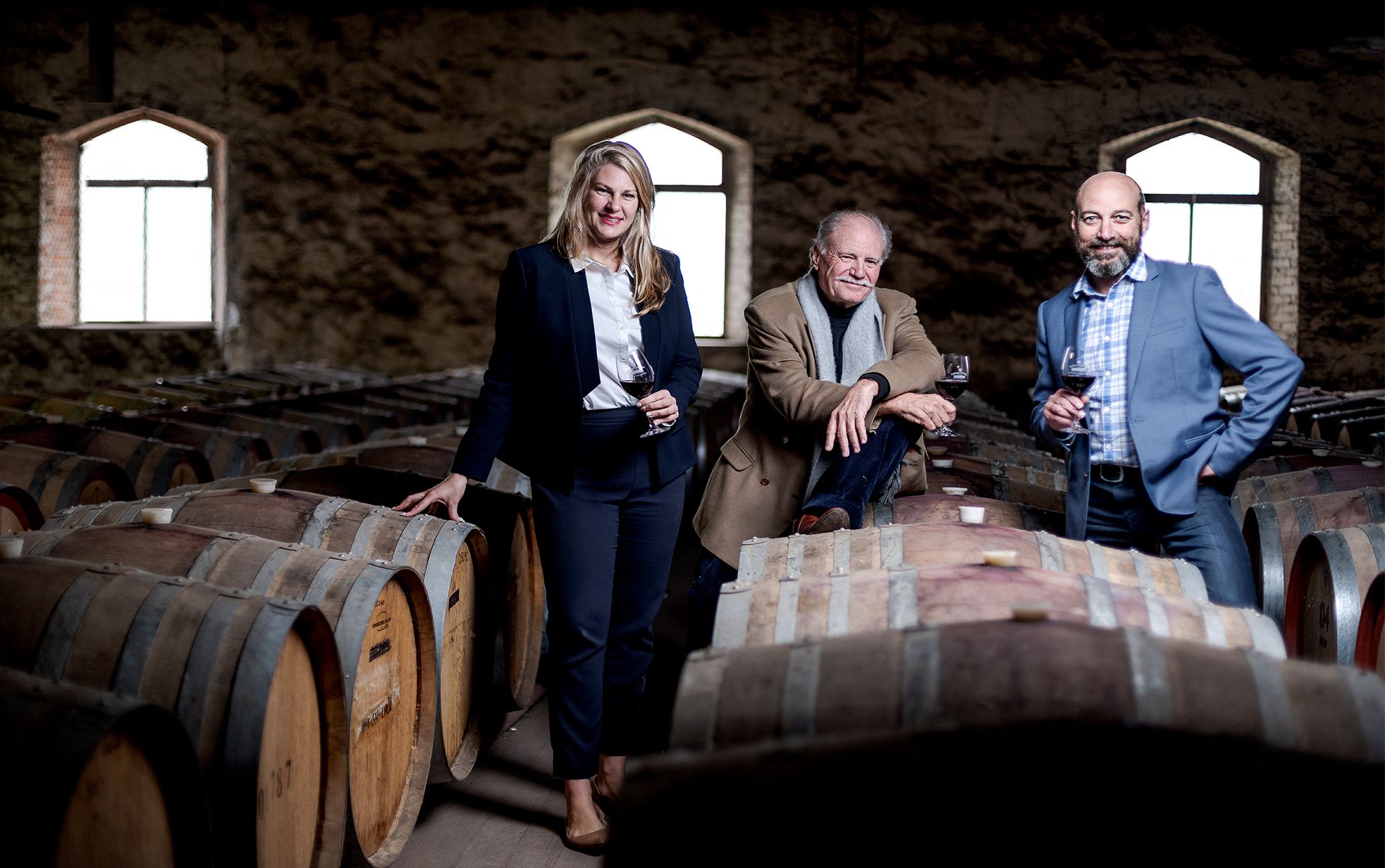“What I worry about is when this really hits, everyone will have forgotten. It’s a long-term thing and I worry that people will tire of it,” Samantha says.
It is impossible to imagine the anguish and pain that Samantha O’Keefe has felt in the last six weeks after her Lismore Estate winery, vineyards and house were destroyed by bushfire on December 17. The 48-year old Californian, who moved to South Africa two decades ago and was making some of the best wine in the western Cape, finally felt able last week to speak publicly about the whole range of emotions she is still feeling: devastation at her loss; gratitude for the support and donations that have poured in from all over the world; worry about her financial predicament despite people’s generosity; and, perhaps most importantly, hope.
For, this remarkable woman is not going to run away.
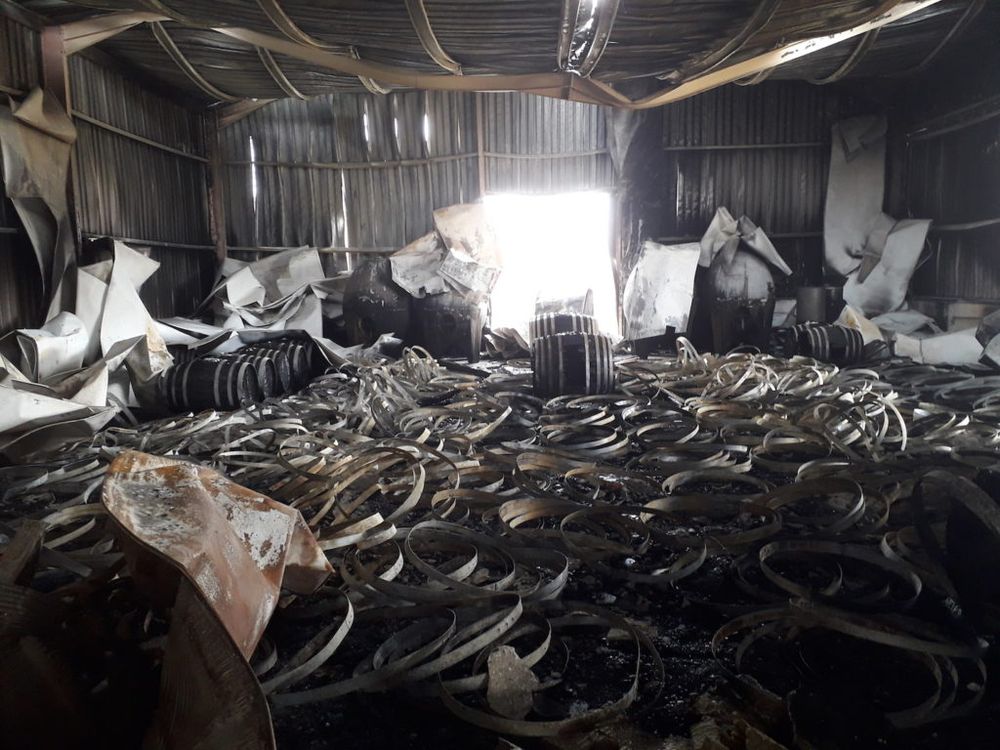
The fire destroyed Lismore’s entire 2019 vintage along with Sam’s Cape Winemakers Guild wines
Samantha admits she has been “overwhelmed” by the support of fellow winemakers in South Africa, as well by the kind financial donations that came to around £30,000 before drying up. There is no point in hiding the fact that she faces a very difficult financial future, with the insurance payout for her destroyed 2019 wines (all unbottled) amounting to ten rands per litre (less than US$1). Her winery was insured but only enough for a rebuild with second-hand equipment, while the contents policy for her house will barely scratch the surface of the value of its cellar, which contained all her library stock going back to 2006 as well as stockpiles of the 2017 vintage. Luckily, the majority of her bottled stock is housed in a warehouse in Stellenbosch.
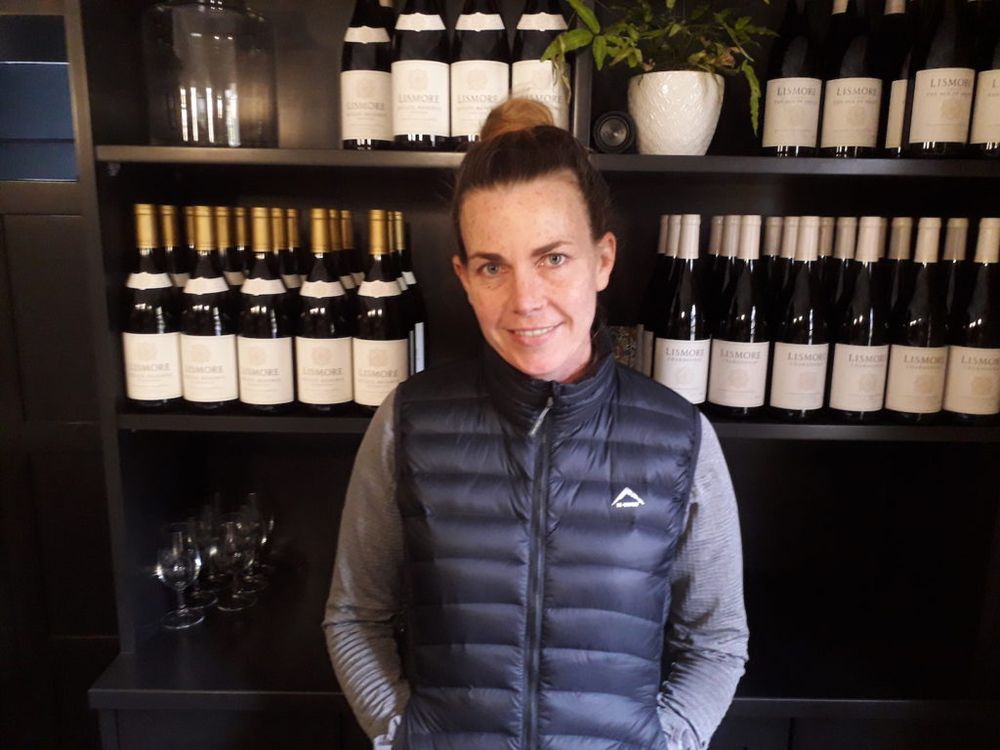
“It is the only reason I’m marching on, because without the vineyards, there is no Lismore. I would never have started from zero. But having some vineyards live gives me hope.” Samantha O’Keefe in her new tasting room, January 20, 2020.
“I lost the entire 2019 vintage, which is all my turnover for a year and a half, but also my first Guild wines,” said Samantha, whose induction into the Cape Winemakers Guild underlined the respect with which she is held by her South African peers. “From a financial point of view, I’m still selling the ’17s and ’18s, but in about ten months I’m going to fall off a cliff, and I haven’t quite wrapped my brain around that yet. I might be able to find some bulk wine that’s of really good quality, but I don’t know and don’t really have a plan yet. There’s been some great fruit given to me, and the generosity of the wine industry has been incredible.”
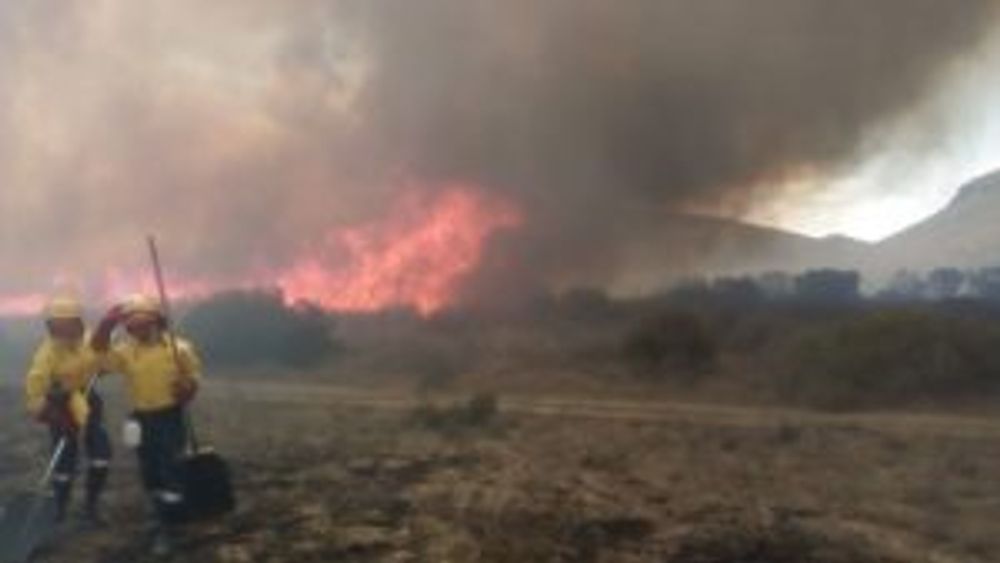
About two-thirds of the Estate Reserve Syrah vineyards are gone
“Andrea Mullineux has given me some of her estate grapes, and Alex Starey of Keermont gave me a ton from his very top single vineyard Syrah, and Johan Reyneke has given me some of his Syrah. With that my intention is to vinify it separately, and possibly make a wine that’s a tribute to the South African wine industry.
The messages I’ve received from all over the world – not just from the UK retailers and distributors, but also from Australia, France and New Zealand was almost too much – it was so overwhelming. It made it feel more real – the fact that they were so grief-stricken, they really were, it was incredible. I don’t think I could ever have imagined the South African wine industry had this absolute selflessness and generosity.”
“I don’t know yet if insurance will cover the house properly. In theory, it was perfectly insured but what does that mean? You never think you will have to start over. Everybody has faith that I will be fine, but I was already over-extended. Now I’m supposed to build a house, as well as make wine in three cellars and rebuild a cellar and replant vineyards, all on my own. I have to – I don’t have a choice, but it’s just daunting.”
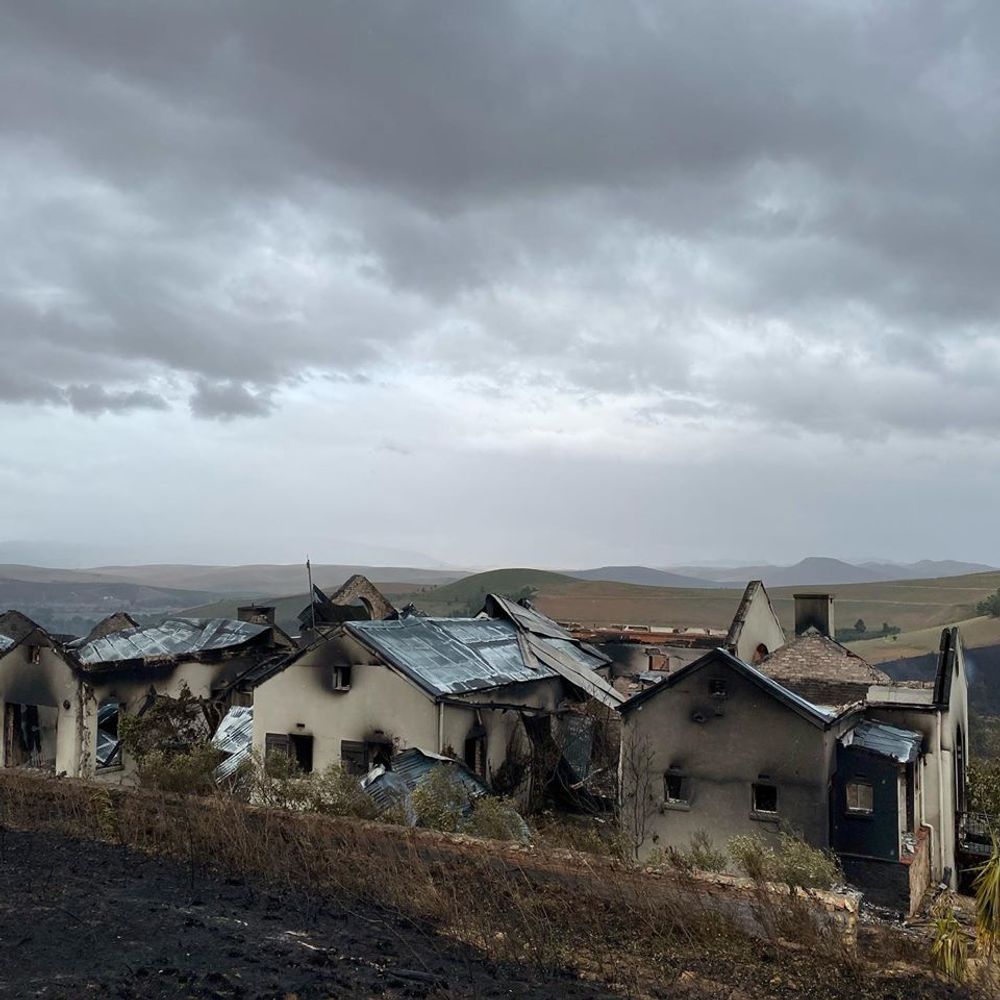
“Even when it [the estate] was burning, I couldn’t believe it – this year of all years. I joked that it wasn’t enough for me to do it once – God wants me to do it twice.”Having shown me the blackened and charred remains of her winery, which she built only three and a half years ago, Samantha now took me down to her house half a kilometre away. I remembered what a wonderful home she had made it into from a previous visit, but now it is just a burnt-out shell.
“It was my perfect house,” she said. “It was as if everything had just settled into this space. Everything belonged here. It was just going so well. Out there it was the best crop we’d ever had. The pruning in the vineyards we’d been working on for five years, and they were so healthy. They had such a heavy crop, and in a good way because I usually hit two to four tons a hectare. Probably they were holding four, five or even six tons on some blocks, which they never had before. Even when it [the estate] was burning, I couldn’t believe it – this year of all years. I joked that it wasn’t enough for me to do it once – God wants me to do it twice. This Natal fig was such a beautiful tree – I really hope it comes back to life. I’ve been quite numb and not that emotional but looking at these trees today has made me emotional.”
Green vines – a beacon of hope
From what is left of the house, Samantha drove up to a higher point where some rows of healthy-looking, green vines provide a beacon of hope above the blackened vineyards below. She then recalled the dreadful emptiness of the day after the fire struck.
“At 6am the next morning, I drove to the entrance to Lismore. I was with my partner and I said ‘I can’t, please turn around.’ At 8am, Jeff, my pruning consultant, met me in Greyton after having driven to the vineyards, and he he was very bleak and so I expected nothing to have survived. Then at 3pm I had to come with the insurance assessor and my broker. But when I drove on to the farm, I just saw so much green. Now you see all this stuff that is black and really ugly and so awful, but this stuff up here is fine.”
“All of this was on fire, all these orchards were on fire, all these trees were on fire. We couldn’t see anything – the vines were being engulfed. The fact that they lived is the only reason I’m marching on, because without the vineyards, there is no Lismore. I would never have started from zero. But having some vineyards live gives me hope. Parts were saved because we hadn’t put out any straw mulch. About two-thirds of the Estate Reserve Syrah vineyards are gone.”
“Disaster tourists turned up – it was violating, so we locked the gates. My partner chased a guy who had a drone, but we got pictures off him and it at least allowed me to estimate the actual damage – about 48% of the fruit.”
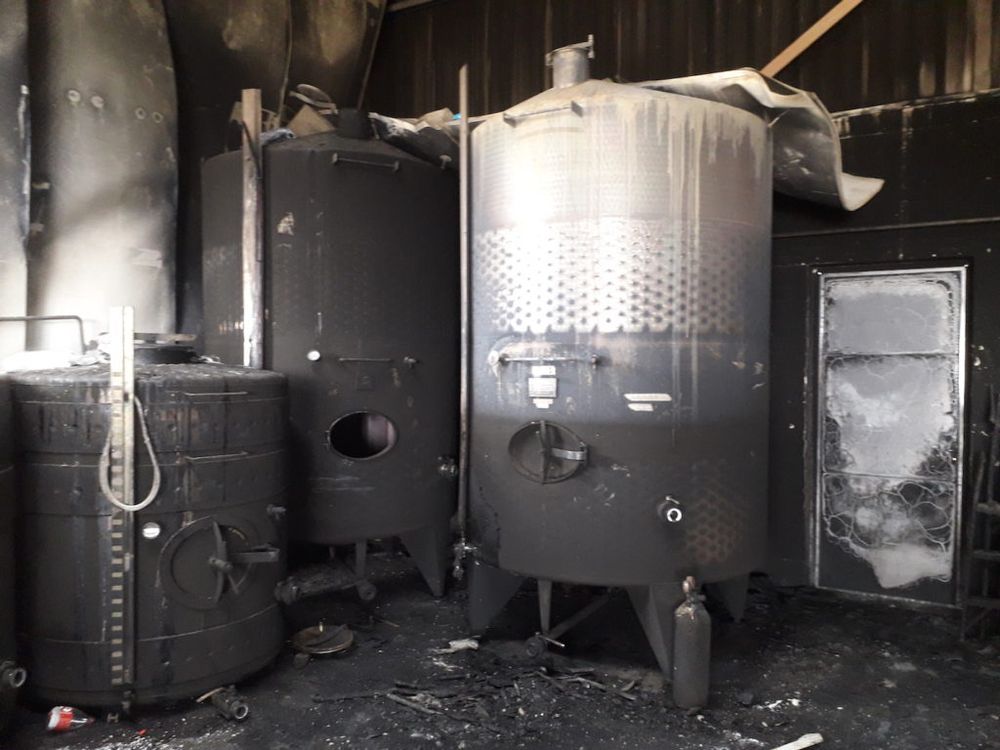
Everyone is pitching in to help Samantha find enough older barrels to make 70,000 litres of wine a month before harvest.
Samantha has been sent studies and information on burnt vines and smoke taint from Australia.
“The purpose of the study was to give direction to winemakers: replant now or wait and see,” she said. “Basically, what they found was that at end of year one there was enough energy in the vine trunk for half the vines to survive and carry on, but in the end, after year two, only 20% survived. Only time will tell. If can find money to plant, I’ll plant in empty blocks. We’ll know in a year or two if some of my vines survive.”
She is hopeful that smoke taint may not be an issue as it only gets into the into waxy layer around fruit after veraison. “Because Greyton is such a late wine region, my fruit hadn’t even begun to soften. As the berries were hard – like peas – I was optimistic. But smoke taint can be tested in the lab, so I will know.”
It is good to hear Samantha talk about making wine again, and thanks to the fruit she has been given and will buy in, she expects to vinify some 135 tons of fruit from the 2020 harvest. She will do most of it at the Stellenbosch winery of Radford Dale, whose co-owner, the British-born Alex Dale, has led the magnificent support from the South African wine industry.

“Alex called me the day after the fire when I was absolutely in shock, and asked ‘Who’s organising all of this: your donations that are pouring in, your harvest and the rest of it? OK I’m appointing myself.’ His partner is a lawyer, and she was going through all the legal ramifications. I was so dazed and confused. They really battened down the hatches for me and kept things tethered while I figured things out, and where I was going to live.”
Last week, Samantha and her two teenage sons, Keenan,16, and Quinn,14, moved into rented accommodation in Somerset West.
“I initially wanted to be in Greyton and then I didn’t want to be. My first thought was we’d rent somewhere furnished, but after living in other people’s houses for the last month, I didn’t want to be in other people’s beds, on someone else’s couch worrying if my dog was slobbering on it. So I said to my kids, who are at boarding school anyway and only back at weekends, that we’d just buy a couch and three beds. Then they’re ours, and everything we buy over time is ours. And when we finally move back to the farm, we can move what will be our furniture back there. The house I’ve rented has kitchen stools and an island, so I don’t really need a table. For the next three months of harvest, I’m hardly going to be home anyway.
“My boys are still in shock also. When it happened, I’d just opened up the new tasting room in Greyton, and I put them there to work. So they didn’t really have an opportunity to process it, and then they had to go out into the vineyards and drop all the dead fruit. I am just starting to process it – these are the first tears I’ve shed in weeks.”
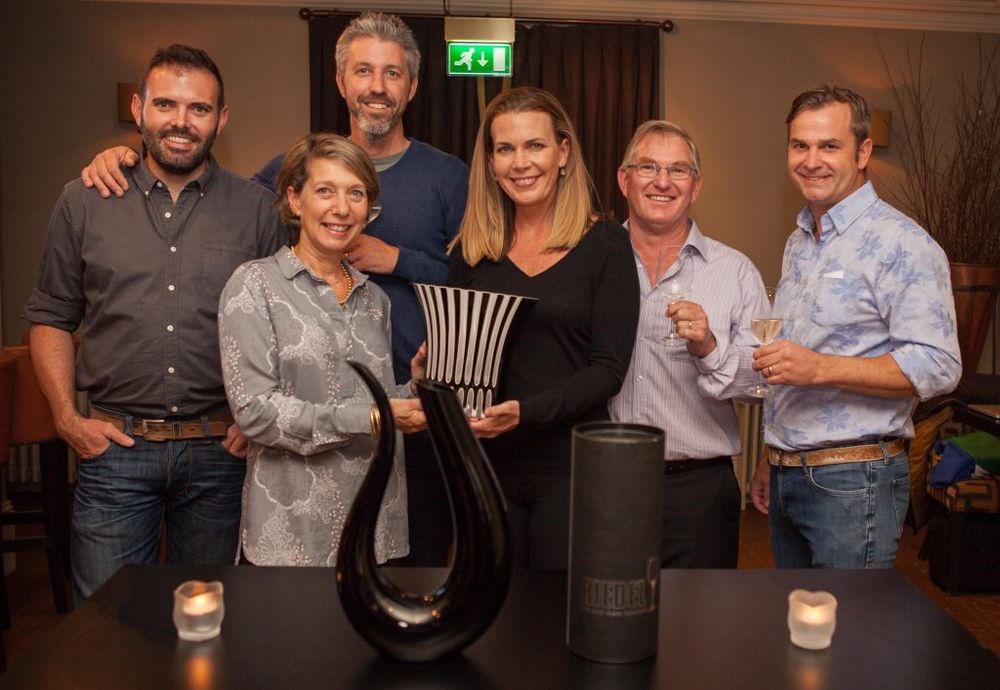
Samantha (centre) part of the winning South African team at the Tri Nations Challenge, November 2017
Fortunately, over the three days before my visit, 120mm rain has fallen at just the right time, filling her dam for the first time in five years and giving what is left of her dry-grown vineyards the soaking they needed.
“This morning we went up to look at some of the water damage, and I went walking to look at my house and my trees,” Samantha continued. “It’s just starting to really sink in. All I’ve been thinking about is my cellar and my wines because I’m the sole support of my children and I have a small business. Today I started really taking in the fact I’m not going home. Even if I rebuild the house, the trees which took 16 years to grow will take another 16 years.”
Both Samantha’s fears for the future and her gratitude for the global outpouring of support keep resurfacing during our conversation.
“Everybody in this industry has tried to help. I’m a very private person, but as you probably know I was up here with a very carefully-crafted social media image. But what was really going on behind the scenes I kept private. And this has been such a public thing – everything has gone, everyone knows. And everyone is feeling very sorry for me and it feels very vulnerable, and yet it’s been incredible. I really am so grateful. It’s been very overwhelming.”
“The fact people care so much; the immediate coming together of everyone has been quite amazing. People took action – immediately. One very small producer said he had credit for a pallet of bottles, which he offered. It was so sweet – it was a sacrifice not just a generous offer. Tim Atkin sent me a video message from Maria Luz Marin, a remarkable female pioneer in Chile; there were messages from Australia, New Zealand and California. It’s almost been too much – it’s so moving.”
“Part of my concern, I guess, is that people will be very forgiving in the short term. But by the time they’re expecting the ’19 vintage, it will be long forgotten. I could lose all my listings. After 16 years, I’d finally built up momentum and a kind of market presence. Neal Martin made my Estate Reserve Syrah ‘18 his red wine of the year, my Estate Reserve Chardonnay ’17 was Wine Advocate Top Ten Discoveries of the Year. Everything was going so well. What I worry about is when this really hits, everyone will have forgotten. It’s a long-term thing and I worry that people will tire of it.”
The drive to make wine is a key motivator
Samantha, though, says she will never tire of making wine and has no intention of quitting.
“I mean the sums don’t add up for me to do that. I owe too much money to the bank – I can’t cash out. One colleague half-joked I should move to Greece. Financially, that isn’t an option. And I love what I do. I wake up in the morning, wanting to make wine, think about wine, talk about wine. It’s what makes me happy. I really really love what I do – it gives me so much purpose. It makes me feel fulfilled. I have the respect of my colleagues and critical appreciation. I was finally starting to get the business side of it right after years of getting it wrong.”
Slowly, Samantha is confronting reality. “I’m more ready now. In that first couple of weeks, I just couldn’t. I couldn’t bear it. I’m still taking it in – I’ve been so focused on the business, I haven’t even began to mourn my home, my trees and my dog [one of her Great Danes died in the fire]. I really planned to make one statement and release photographs on all platforms of social media so the reality of what happened was out there, but I just couldn’t do it. Instead, I sent a more private thank-you to those donation sites.”
“You can see that when I talk about it I just want to talk about it like it’s all still there. This was the vintage when I was finally going to tip over…the business was turning. With that new cellar, I increased production. The 2017s started to pay off that debt; with ’18 &’19 I was finally tipping into – I don’t know, ‘profitable’ might be an over-enthusiastic word – but it was going to work. It’s just surreal; the vineyards were the healthiest they had ever been; this was the vintage when it was all going to start to turn.”
Rebuilding the winery should be feasible when the insurance money is paid out, but finding things like her old second-hand press will take time. “I have to find enough older oak barrels for 70,000 litres of wine, a month before harvest.” Everyone is pitching in to make it happen, producers donating older barrels, traders offering barrels at cost or on extended terms.
When Samantha talks despairingly of “that black hole that’s ahead of me,” you know that she will do everything not to fall into it. Her energy, positivity, industry and courage in the face of adversity will help her quest to avoid it, but wine lovers around the world can do their bit by buying her wine – even if it is just a bottle – whenever they get the chance. For Samantha O’Keefe is both too special a winemaker, and a person, not to cross the road and assist.
For anyone who might like to make a contribution, please visit the Samantha O’Keefe fundraising page which you can access here.
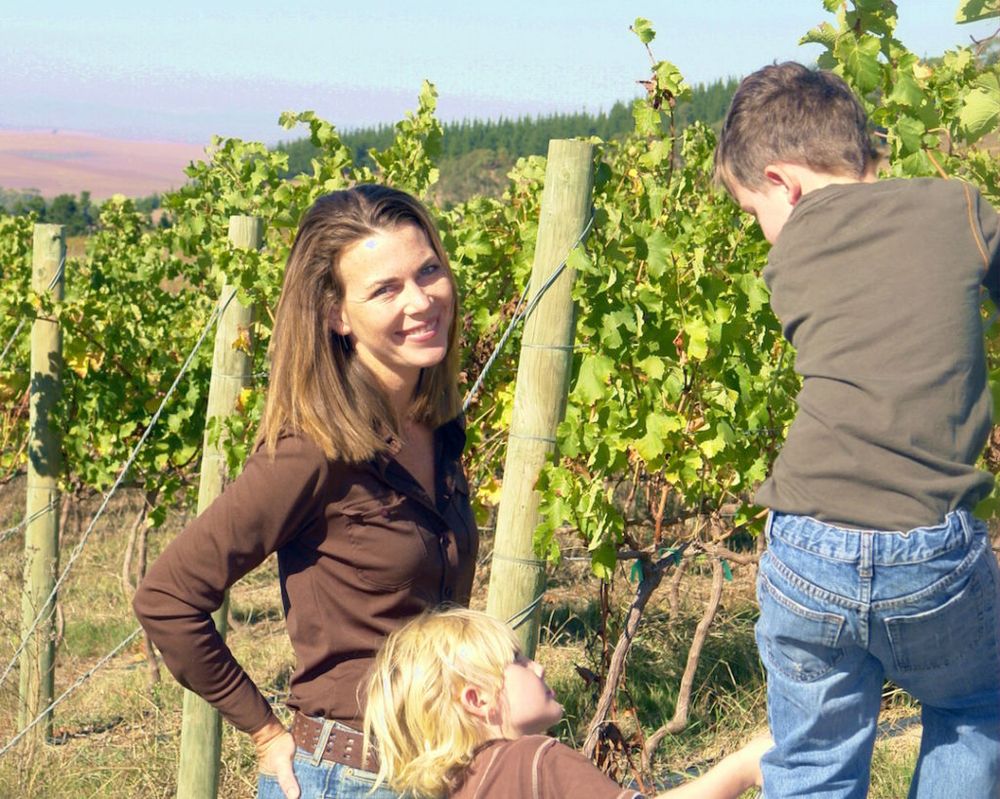
All of Samantha’s friends here at The Buyer wish her all the very best with getting back on her feet and continuing to make Lismore one of South Africa’s outstanding wine estates.

